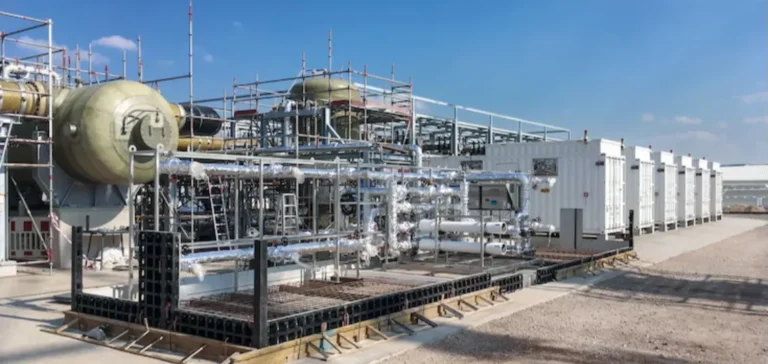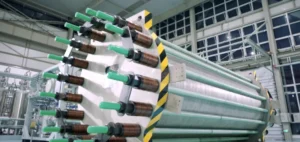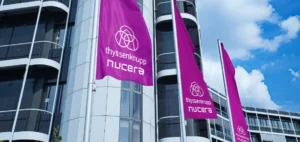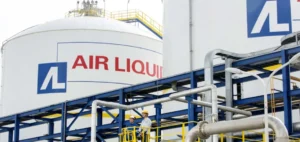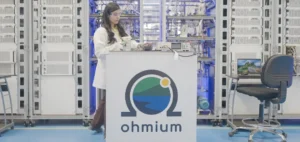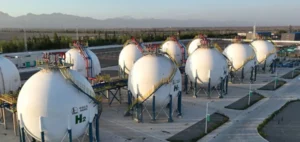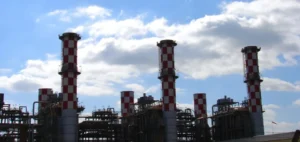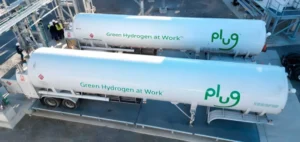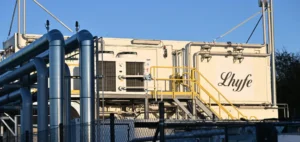The global hydrogen production market is estimated at $145.6bn in 2024 and is expected to reach $322.3bn by 2035, recording an average annual growth rate of 7.45%. This momentum is supported by progress in electrolysis technologies, integration of carbon capture and storage (CCS), and the development of large-scale hydrogen infrastructure. Hydrogen is positioning itself as a substitute for fossil fuels across multiple sectors.
Current production methods include steam methane reforming, coal gasification and, increasingly, electrolysis powered by renewable energy. Alkaline electrolysis, proton exchange membrane (PEM), solid oxide cells and emerging anion exchange technologies are progressing rapidly, supported by investment in efficiency improvements and cost reduction.
Uneven growth across regions
North America remains a frontrunner with regional hydrogen hubs, increased deployment of fuel cells and public support schemes. In Asia-Pacific, growth is accelerating through national net-zero strategies and large-scale projects in China, Japan, South Korea and India. Europe is relying on hydrogen corridors and Green Deal policies to speed up industrial adoption.
In the Middle East, Latin America and Africa, hydrogen is becoming increasingly integrated into energy export strategies. These regions are investing in low-cost production to meet international demand, particularly from Europe and Asia.
Multi-sector applications expanding rapidly
The most promising sectors are mobility (fuel cell vehicles, aviation, maritime transport), refining and chemicals (desulphurisation, ammonia and methanol production), electricity generation (hydrogen turbines, long-duration storage) and heavy industry (steel, cement, glass). These segments are boosting demand for more accessible and cleaner hydrogen.
Industrial companies are investing heavily in scaling up electrolyser production and carbon capture systems. Integrating hydrogen into industrial decarbonisation and power generation strategies has become a key priority. Several groups, including Air Liquide, Linde, Siemens Energy, Nel ASA and Plug Power, are positioning themselves as key players in the global market.
Technological capacity and targeted financing
Steam methane reforming remains dominant, but its evolution towards carbon capture models supports the production of what the industry refers to as “blue” hydrogen. Other approaches, such as partial oxidation and autothermal reforming, are being developed to power transport systems and advanced fuels.
The deployment of transport, storage and distribution infrastructure is becoming a strategic focus to support growing demand. Governments are now funding national hydrogen roadmaps, while energy and industrial groups are multiplying large-scale projects across several continents.


